Questions? Let's Talk: 877.762.4375
Questions? Let's Talk: 877.762.4375
Innovation is the driving force behind American business. If we weren’t constantly creating new products, our country of entrepreneurs would never be able to carve out new markets and push the dream forward. We’re all pretty familiar with the creation of Crocs, the cheeseburger, and rodeos. But let’s take a moment to appreciate other inquiring minds, the ones who solve problems with creative solutions and made their dreams a reality. Here are 10 inventions and ideas (big and small) that were born in Colorado.
1) WHEEL CLAMP / DENVER BOOT — Frank Marugg
A parking ticket meant a tow in the 1940s, and as Denver grew, this system became a logistical nightmare. Enter Colorado Symphony violinist Frank Marugg, who came up with the “auto immobiliser” – also known as the Denver Boot. In 1944 and patented it in 1958. Marugg’s invention has since been the bane of fugitive parkers nationwide and is even on display at the Smithsonian.

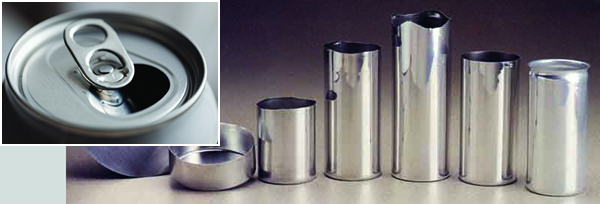
3. XERISCAPING – Denver Water
The alternative to the manicured bluegrass lawn, the term ‘xeriscape’ was conceived by Denver Water as a drought-tolerant conservation measure in 1981, and the municipal utility still holds the copyright for the term. Officials came up with Seven Principles to Xeriscaping, and once threw a tongue-in-cheek “X-rated Party” to celebrate the water-thrifty concept.

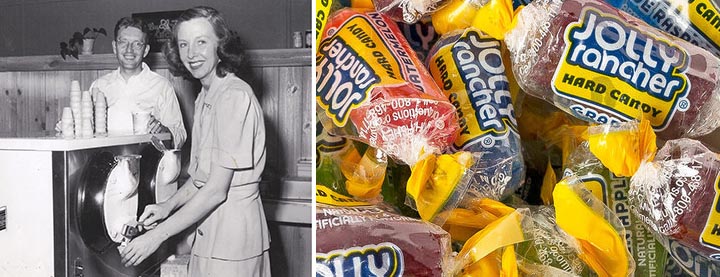
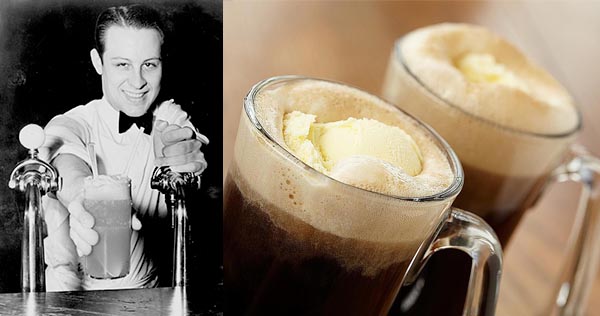
6. V-BELT – John Gates, Gates Rubber
In 1917, hemp and rope were the dominant materials for automotive and industrial belts, and John Gates, brother of Gates Founder Charles, came up with the world’s first rubber V-belt. It quickly became the industry standard, and the company was soon entrenched as the world’s top manufacturer of V-belts — and it still is, nearly a century later.

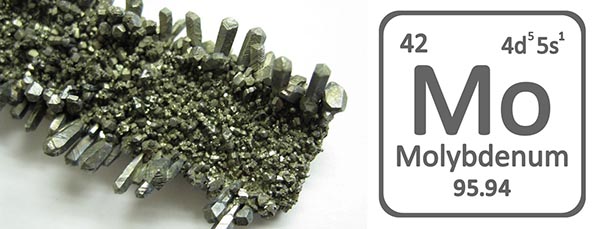
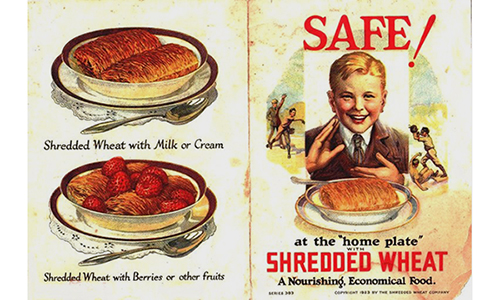
9. OUTDOOR CHRISTMAS LIGHTS – David Sturgeon
On Christmas Eve 1914, little David Sturgeon was sick in bed, too sick to join his family around the Christmas tree. His father, a pioneering Denver electrician, decided to cheer up his son, so he dipped lightbulbs in red and green paint, connected them to electrical wire, and hung them in a pine tree outside his son’s window — creating a tradition that quickly spread from Denver across the world, lending a garish, colorful cast to the holiday season.
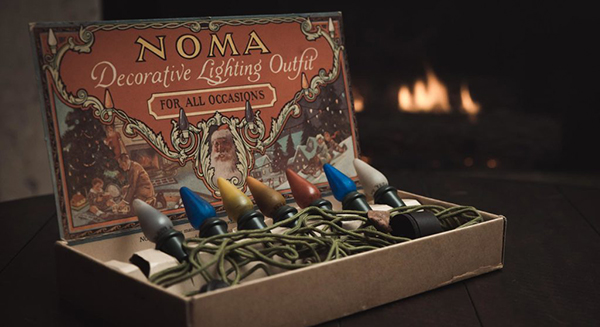
10. TAMPON – Dr. Earle Cleveland Haas
Earle Haas was an osteopathic physician, a real-estate investor and inventor of the diaphragm before developing the first cotton tampon. Originally described it as a “catamenial device” – a term derived from the Greek word for “monthly”. After the patent was granted in 1933, Haas unfortunately couldn’t generate any interest in the tampon. So he sold his patent to businesswoman Gertrude Tendrich for $32,000. She would go on to form the Tampax® Corporation and begin mass production. Today more than 42% of women in the U.S. use tampons. Dr. Hass was later named one of the “1,000 Makers of the Century” by the London Sunday Times.
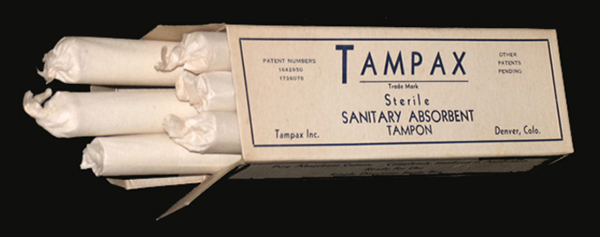
======
Do you have an interesting idea for a newsletter article for Jim Crowder’s Newsletter? The topic should about some aspect of Colorado life: it’s history, people, places to visit, restaurants, parks, museums, etc. Jim loves “Top Ten” lists! Send on email to Jim at jim@crowder.com and let him know. We’ll even give you credit for suggesting the topic if we use it.
Will be happy to respond
